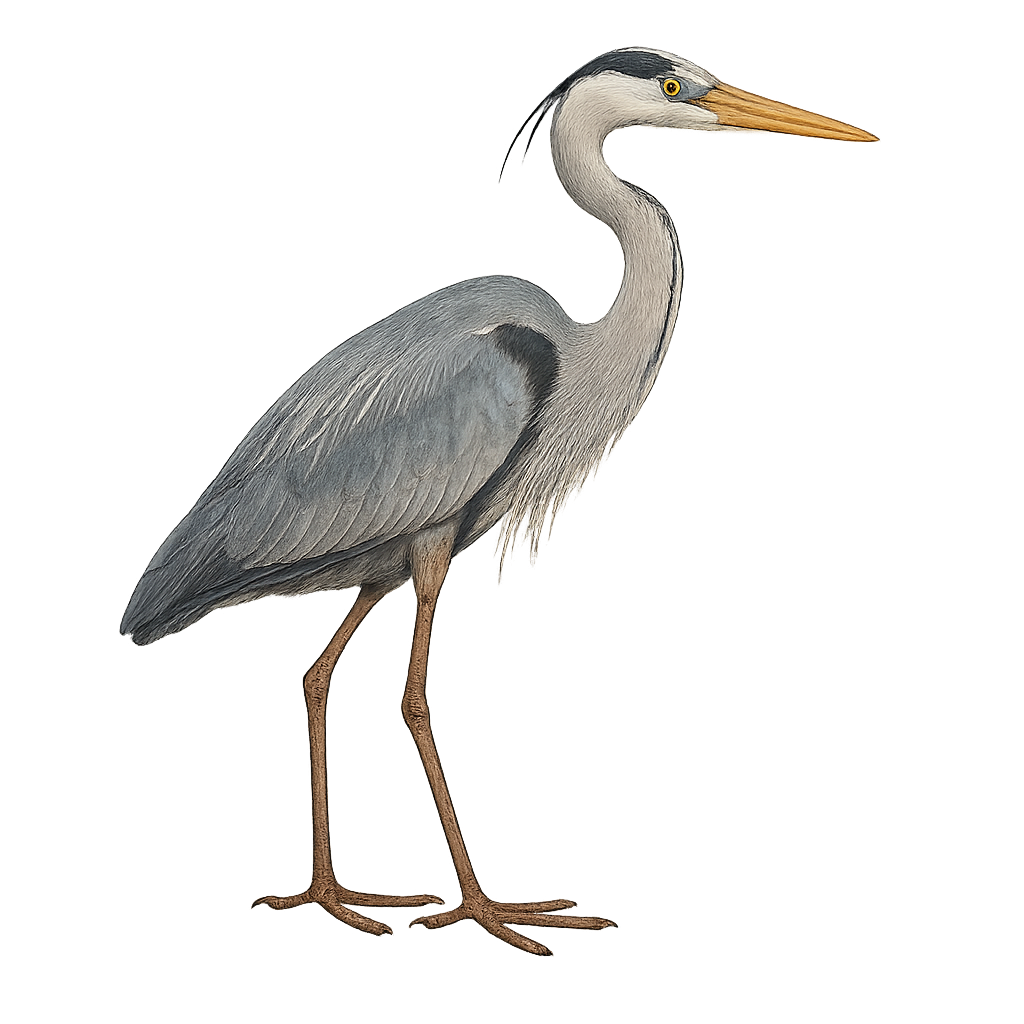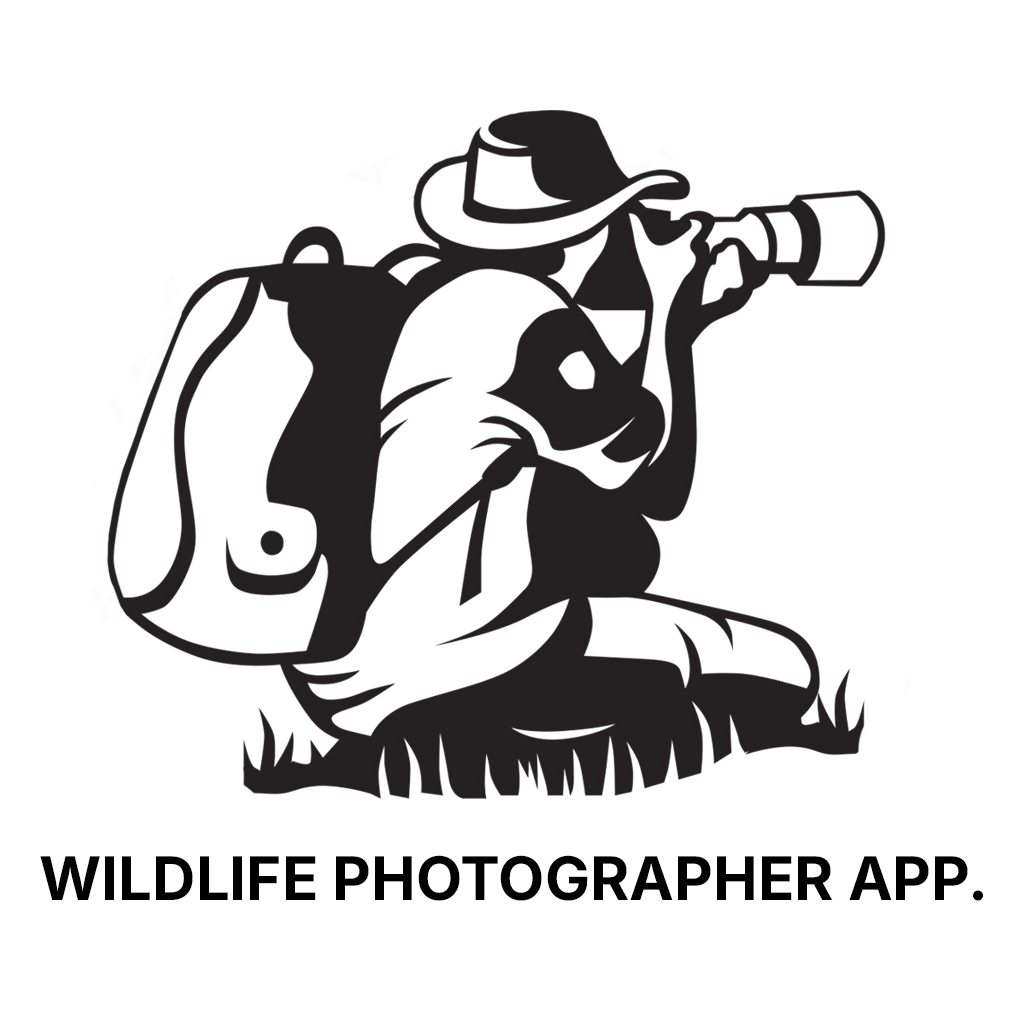Your wildlife photography guide.
Explore the great blue heron in detail, study its behavior, prepare your shots.
Where to observe and photograph the great blue heron in the wild
Learn where and when to spot the great blue heron in the wild, how to identify the species based on distinctive features, and what natural environments it inhabits. The WildlifePhotographer app offers tailored photography tips that reflect the great blue heron’s behavior, helping you capture better wildlife images. Explore the full species profile for key information including description, habitat, active periods, and approach techniques.
Great Blue Heron
Scientific name: Ardea herodias

IUCN Status: Least Concern
Family: ARDEIDAE
Group: Birds
Sensitivity to human approach: Suspicious
Minimum approach distance: 30 m
Courtship display: March to May
Incubation: 27-30 jours
Hatchings: April to June
Habitat:
Marshes, rivers, lakes
Activity period :
Primarily active during the day, with peak activity in the morning and late afternoon.
Identification and description:
The Great Blue Heron, Ardea herodias, is a majestic bird native to North America's wetlands. With an impressive wingspan of up to 2 meters, it is easily recognized by its blue-gray plumage, white head with a black stripe, and long yellow bill. It inhabits marshes, rivers, and lakes, feeding mainly on fish, but also on small mammals and insects. Its flight is slow and powerful, with deep wing beats. The Great Blue Heron is a solitary bird, although it may gather in colonies for nesting. It builds its nest in trees or shrubs, often high up to avoid predators.
Recommended lens:
400 mm – adjust based on distance, desired framing (portrait or habitat), and approach conditions.
Photography tips:
To photograph the Great Blue Heron, it's advisable to use a telephoto lens of at least 400mm to capture detailed images without disturbing the bird. Approach slowly and remain discreet to avoid scaring it away. The best photos are often taken early in the morning or late in the afternoon when the light is soft. Try to capture the bird in flight to showcase its impressive wingspan.
The WildlifePhotographer App is coming soon!
Be the first to explore the best nature spots, track rutting seasons, log your observations, and observe more wildlife.
Already 1 431 wildlife lovers subscribed worldwide

